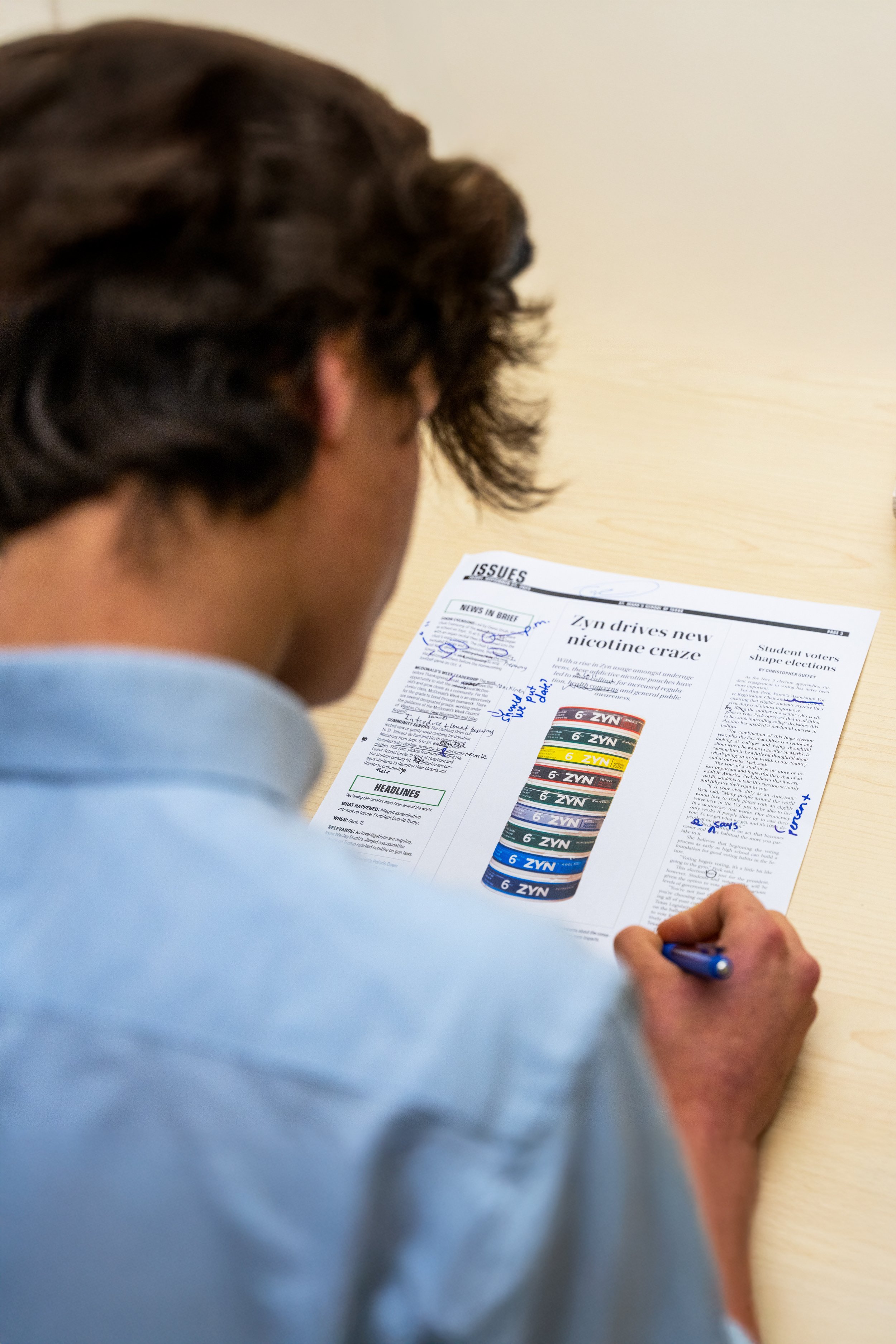
Editing
Stories with style errors or unclear wording can undermine the content and drive readers away. That’s why we prioritize precision and clarity, ensuring every story adheres to AP Style guidelines and communicates its message effectively. While web and newspaper content has slightly different editing processes, both emphasize the importance of thorough review and attention to detail. For both platforms, we work meticulously to ensure every piece is polished, accurate, and impactful before reaching our audience.
Style Rules
To pass our beginning journalism course, students must have a vast knowledge of the AP style rules and any publication-specific guidelines we uphold. These rules, along with grammar and spelling errors, are what we look for as we start the editing process.
Website planning & editing process
At the start of the year, I wanted to make sure our staff completely understood the digital content creation process, so I gave them this presentation. Now, if they have any questions when writing, editing or uploading a story, they have somewhere to refer to. Each story undergoes an extensive editing process by the section editors before it’s posted.
Click the green arrows to scroll through the slideshow
Newspaper editing process
The editorial board works with the assignments editor to plan out each production cycle with a calendar, keeping everyone true to their deadlines. The key days for each cycle look like this:
Pitch Day
Beats Due
Slotting Meeting
Stories Due (EDITS)
Edited Stories Due (EDITS)
Page Due (MORE EDITS)
Work Saturday (EVEN MORE EDITS)
As you can tell by the production calendar above, editing plays a crucial role in our process. We dedicate four separate days where multiple team members review each story or page to minimize errors before the paper is published. As an editor, I consistently remind our staff that editing is just as important— if not more so— than the writing itself, and it should be done with the utmost care and attention to detail.
This year, we switched up our editing process, going back to editing all of our stories on paper rather than digitally in google docs. While we went digital a few years ago, we decided to return to our original method of editing to ensure the writers were learning from their mistakes. While the process is challenging, everyone on our staff has become a better writer and editor. While editors could give advice to young writers with the comments feature, we found this method improved the quality of our work.
Definitely not the masterpiece I thought it was…
As an exercise to show a sample of my editing prowess, I have decided to edit my own work: one of my first-ever stories on the ReMarker. While I may have thought my work was perfect at the time, I clearly show in the edited copy below that it was not.
















